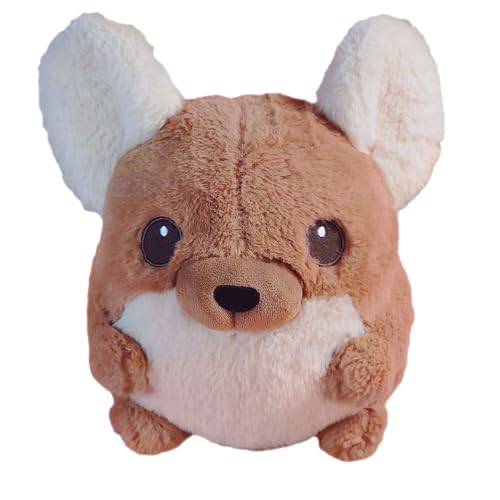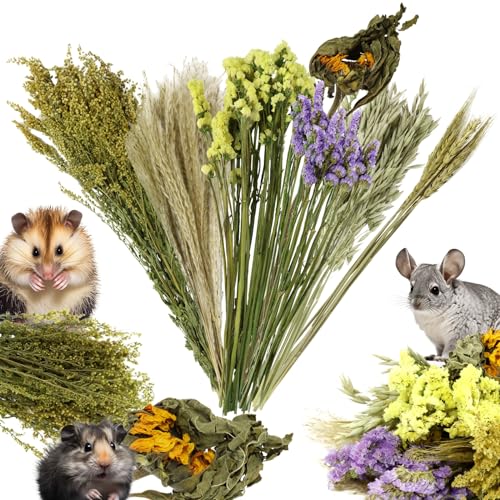You are using an out of date browser. It may not display this or other websites correctly.
You should upgrade or use an alternative browser.
You should upgrade or use an alternative browser.
Question on colours (ebony, tan)
- Thread starter Kaoriu
- Start date

Help Support Chinchilla & Hedgehog Pet Forum:
This site may earn a commission from merchant affiliate
links, including eBay, Amazon, and others.
lauralynne
Chinnie Maid
Many ebonies will lighten a little from birth to adult.
The ebony gene is what makes a the color on a tan go all the way around, including the stomach (also called a wrap). Anything that is a wrap has the ebony gene.
The ebony gene is what makes a the color on a tan go all the way around, including the stomach (also called a wrap). Anything that is a wrap has the ebony gene.
EMSChins
Hendryx Chinchillas
Beiges and tans will oxidize with age which may account for them appearing to darken.
Thanks for the answers. ^^
So if a medium ebony is born, it'll more likely become a light ebony with age, not a dark one?
If the ebony gene was responsible only for the belly wrap, then it would be a beige gene in the TANs that make them darker with age? I think it makes sense.
Mh.. but due to oxidation hair become lighter (see any hair dye). I guess there's other reason why the produce more pigment. Nethertheless, they do darken.
Many ebonies will lighten a little from birth to adult.
So if a medium ebony is born, it'll more likely become a light ebony with age, not a dark one?
If the ebony gene was responsible only for the belly wrap, then it would be a beige gene in the TANs that make them darker with age? I think it makes sense.
Beiges and tans will oxidize with age which may account for them appearing to darken.
Mh.. but due to oxidation hair become lighter (see any hair dye). I guess there's other reason why the produce more pigment. Nethertheless, they do darken.
Spoof
Kung Fu Chinny!
Do ebony chinchillas get darker as they age? Or do they remain the same colour since birth?
They both lighten and darken. They lighten as the underfur comes in and spreads out the black tipping on the fur. They can darken as they prime in the first time and the full veil comes in. Of course this amount of darkening will vary with how darkly veiled the line is.
Many lines here can be judged by the darkness of the tail fur when born. They usually end up a few shades lighter than the tail.
Tans are different. The combination of ebony and beige for me take on a mutation of their own. I'm not sure about the strains over on that side of the pond, but here there are the fading (they fade in and out) and the spotting varieties.In the case of TANs, is it the beige gene that is responsible for gradual darkening or is it ebony gene?
The ones that spot in (you can see some on my website here) will usually darken to the tail color they are born with and end up with tails as light as the bodies they start out with. One could say it is due to priming but they will continue to darken until two years of age which is well beyond first prime and the tail lightening is odd as they do not shed the tail fur yet it becomes extremely light in some cases. I'm not sure why this is. These often have pale underfur.
The ones that fade in will darken according to the veil darkness of the standards used as with the ebonies I talked about above. Their tails remain the same color. These often have dark underfur.
Oxidization makes them ruddy rust orange colored all over and I can't say it lightens or darkens. I imagine if one laid in the sun all the time it might lighten but on a normal chin I've never seen it. Humans get streaks from being in the sun or bleach.

$5.48 ($0.31 / Ounce)
Sonic The Hedgehog Fruit Flavored Snacks, Treat Pouches, Gluten Free Snack, Value Pack, 22 Ct, 17.6 oz
Amazon.com

$24.67
Borbs Breb Chinchilla: Luxuriously Soft, Sensory-Friendly Stuffed Animal. Desk Plushie.
Alpacatreasure

$14.95
$17.99
Kaytee Clean & Cozy White Paper Bedding, Made for Small Animals, 49.2 Liters
Amazon.com

$9.99 ($9.99 / Count)
Pill Box 3 Compartment Square Small Pill Case Travel Pillbox for Purse Pocket Blue Chinchillas Metal Medicine Organizer Portable Pill Container Holder to Hold Vitamins Medication Supplements
NatTco-US Specialty Store

$15.92 ($1.00 / Ounce)
Frontier Co-op Organic German Whole Chamomile Flowers, 1-pound Bulk Bag, Makes Relaxing/Calming Tea, Kosher, Non Irradiated
Amazon.com

$12.99
$15.99
Kaytee Small Animal Pine Bedding For Pet Guinea Pigs, Rabbits, Hamsters, Gerbils, and Chinchillas, 52.4 Liter
Amazon.com

$3.99 ($31.92 / lb)
Wild Harvest Food And Unique Edible Treats for Guinea Pigs, Hamsters, Gerbils, and Adult Rabbits
Amazon.com

$9.78 ($2.79 / lb)
$10.79 ($3.08 / lb)
Purina ONE Natural, Low Fat, Weight Control, Indoor Dry Cat Food, +Plus Indoor Advantage - 3.5 lb. Bag
Amazon.com

$37.33 ($2.33 / Fl Oz)
OASIS #80069 Guinea Pig Vita-Drop Vitamins, 16-Ounce liquid multivitamin with Vitamin C
Amazon.com

$10.96 ($0.31 / Ounce)
Betty Crocker Sonic Fruit Flavored Snacks, Treat Pouches, Value Pack, 22 ct (Pack of 2)
Amazon.com

$10.25
$15.95
The Hedgehog: An Owner's Guide to a Happy Healthy Pet (Happy Healthy Pet, 163)
Mirage Image

$28.45
Chinchilla 8.5 inches, 12 inches with Tail, 23cm, Plush Toy, Soft Toy, Stuffed Animal 3040
Christa Imberi, Plueschtier

$12.29
$12.99
All Things Hedgehogs For Kids: Filled With Plenty of Facts, Photos, and Fun to Learn all About hedgehogs
Amazon.com

$24.48 ($0.24 / Count)
Urinary Support by Sherwood Pet Health (100 Tablets - 60 Grams)
Sherwood Forest Natural Rabbit Foods






































